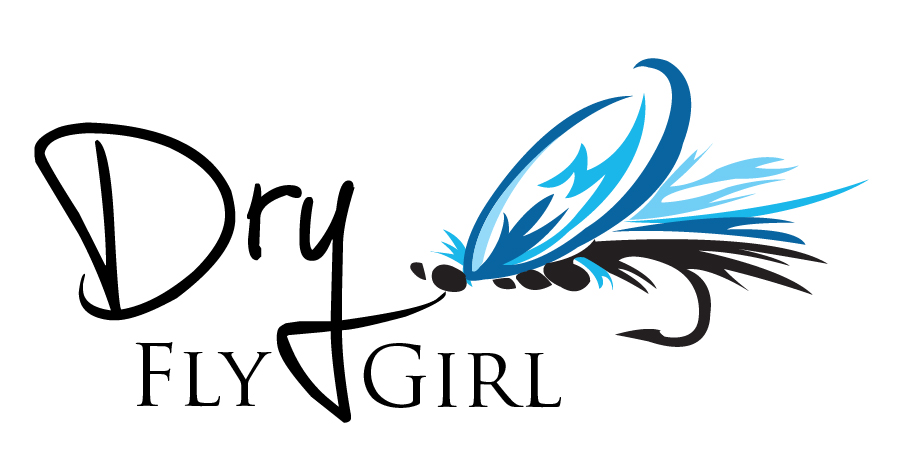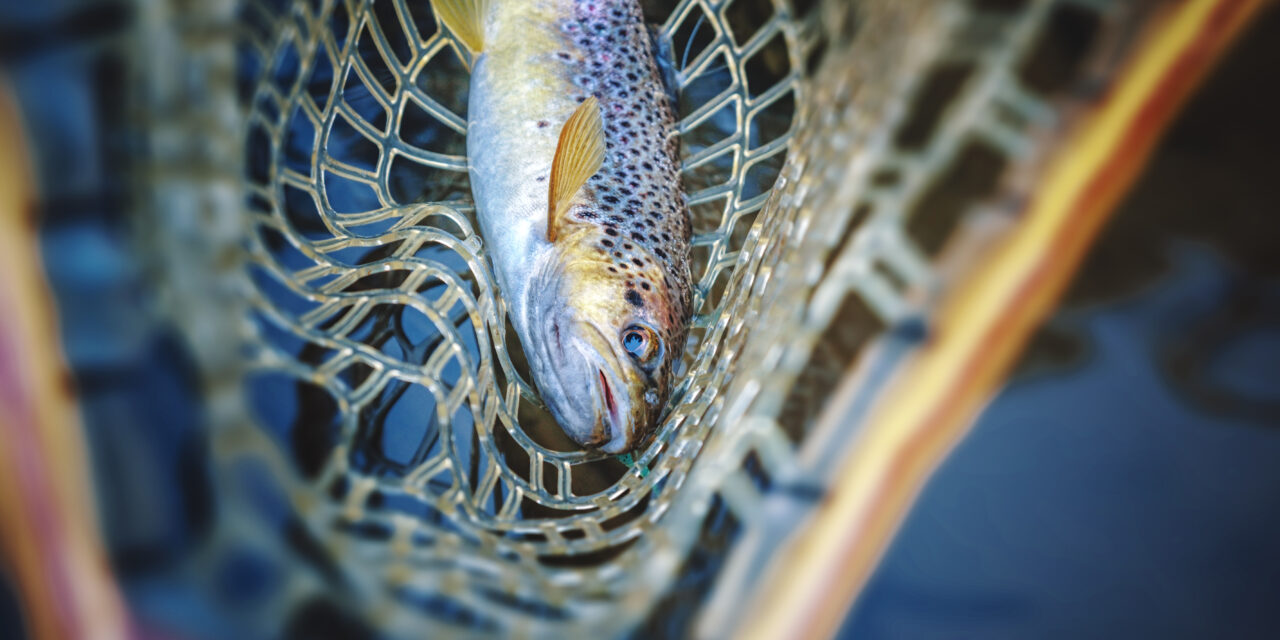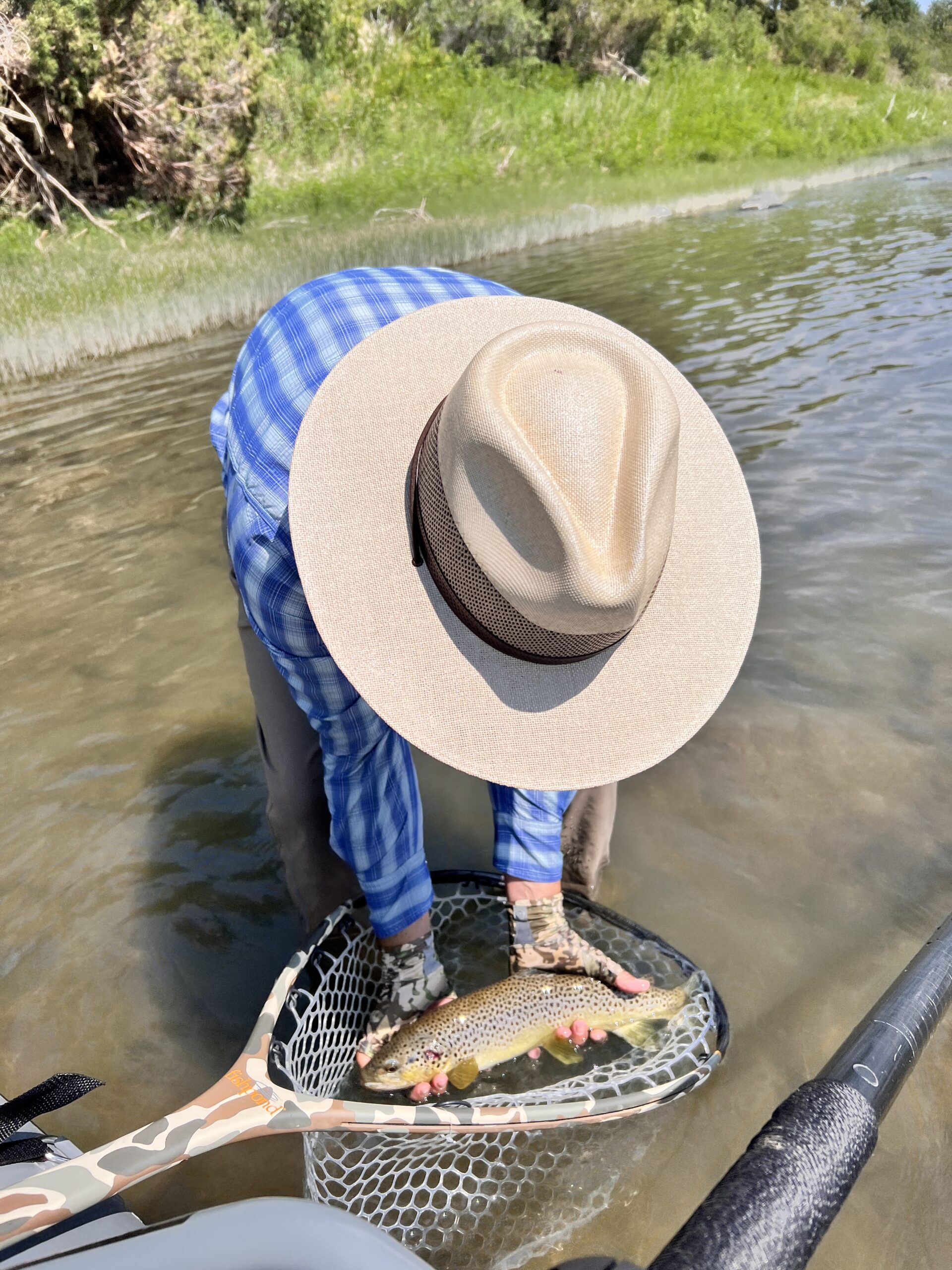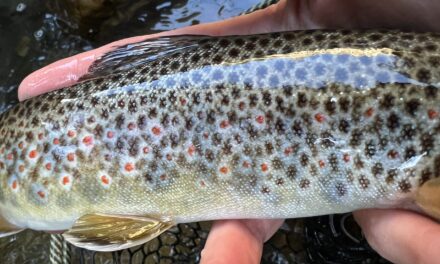Classic vs. Modern. What will it be?
Fly fishing encompasses more than just the thrill of catching a fish; it involves mastering various techniques, choosing the right equipment, and savoring the entire angling experience. One indispensable piece of gear every fly angler should have in their arsenal is a landing net. These nets come in various materials, but two of the most popular options are silicone and cloth nets. In this review, we will delve into the advantages and disadvantages of each type to assist you in determining which one best complements your fly fishing style and preferences.
Let’s begin by examining Silicone nets:
Silicone nets have seen a surge in popularity in recent years, owing to several compelling reasons. Let’s explore the pros and cons:
Pros:
- Durability: Silicone nets are renowned for their remarkable durability. They resist wear and tear, making them an excellent choice for anglers seeking a long-lasting net. Moreover, they are resistant to UV rays and harsh weather conditions, ensuring they remain in top-notch condition.
- Easy Maintenance: One significant advantage of silicone nets is their ease of cleaning and disinfecting, thanks to their non-absorbent, non-porous nature. Unlike cloth nets, they do not absorb water or fish slime, preventing unhygienic buildup over time. A quick rinse with fresh water usually suffices to keep silicone nets pristine.
- Minimal Tangling: Silicone nets feature a relatively smooth surface, reducing the likelihood of hooks and flies getting entangled in the netting material. This can be a game-changer when dealing with challenging situations on the water.
- Lightweight: Silicone nets are typically lighter than cloth counterparts, making them easier to handle and transport. This attribute is especially valuable when wading in rivers or hiking to remote fishing spots.
- Knotless Designs: Most silicone nets come with knotless designs that are gentle on fish, reducing the risk of injury during the landing process.
Cons:
- Cost: Silicone nets tend to be relatively expensive.
- Limited Color Options: They usually come in only two color selections: clear and black.
Now, let’s shift our focus to cloth nets, which have been a classic choice for fly anglers for many years and still hold some merits:
Pros:
- Classic Look: Cloth nets possess a timeless, traditional appearance that appeals to many anglers. They evoke a sense of nostalgia and authenticity that some fly anglers hold dear, much like classic bamboo rods.
- Affordability: Classic cloth fishing nets are generally more budget-friendly, making them a great choice for beginners looking to avoid substantial expenses.
- Gentleness on Fish: The soft, fabric mesh of cloth nets is gentle on fish, minimizing the risk of harming them during the landing process—particularly crucial for catch-and-release fishing.
- Less Reflective: Cloth nets tend to have less reflective surfaces compared to silicone nets, which can be advantageous when fish are wary of bright objects.
- Quiet Operation: Cloth nets are generally quieter when coming into contact with water or fish, which can be beneficial in situations where stealth is paramount.
- Customization: Cloth nets offer more customization options, allowing anglers to choose from a variety of net bag materials, handle types, and colors to match their stylistic preferences.
Cons:
- Tangling: Cloth nets are prone to tangling, which can make it challenging to remove hooks and flies, leading to difficulties in quick catch and release.
- Hygiene: They are not very hygienic as their porous nature can absorb unwanted substances that may be transferred to other water bodies.
In choosing between silicone and cloth nets, the decision ultimately hinges on personal preference and budget. Consider these two factors to guide your choice:
- Prioritize Durability, Easy Maintenance, and Lightweight Design: If these factors are your top priorities, silicone nets are an excellent choice. They are ideal for anglers who frequently fish in rugged environments or require a net capable of handling various fish species.
- Value Classic Aesthetics, Fish-Friendly Features, and Quietness: If you appreciate the classic look, gentleness on fish, and quieter operation, cloth nets might be your preferred option. They are particularly suitable for catch-and-release enthusiasts and anglers who appreciate traditional aesthetics.
There is no definitive winner; it all boils down to personal preference and your answers to the questions above. Both types of nets have their strengths and weaknesses, and some anglers opt to own both, using each for specific situations. Regardless of your choice, it’s crucial to handle your net with care and show respect for the fish you catch, ensuring that your angling experience remains enjoyable and sustainable.
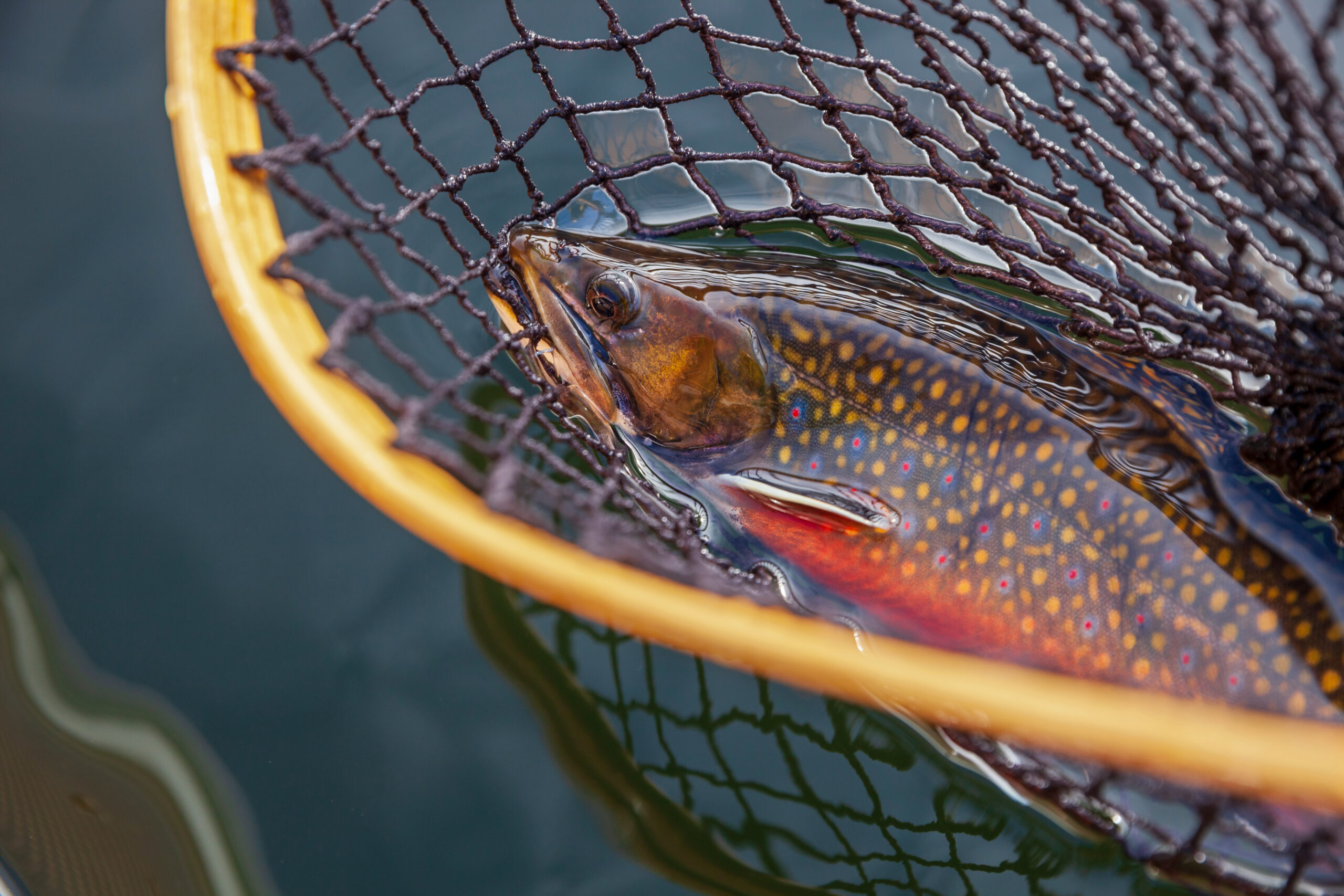
Some of the products we reviewed are listed below. Click on the product below to see the Best price!
